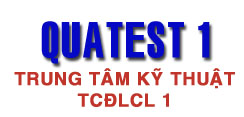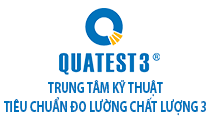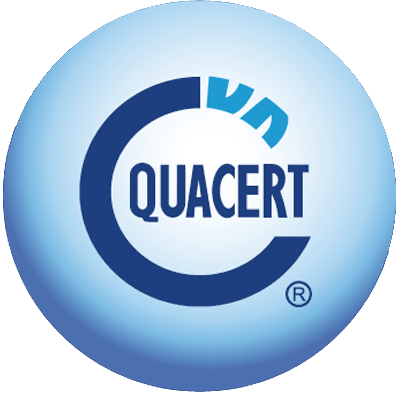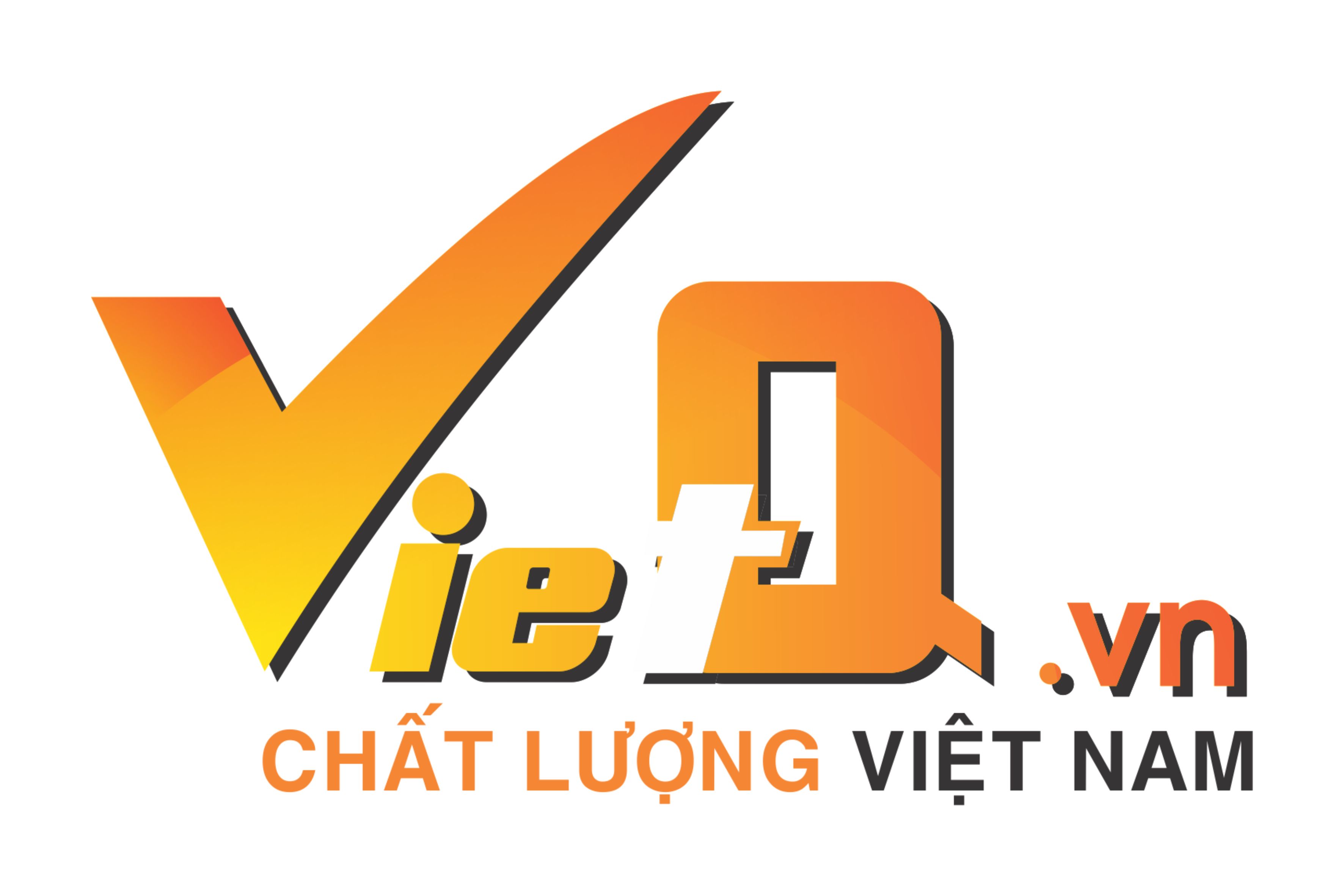Disseminating knowledge related to productivity and quality: Key Performance Indicators (KPIs)
Post date: Friday, Dec 8, 2023 | 18:57 - View count: 326
On 8th December, within the framework of the Support Program for Students on Productivity and Innovation activities, Directorate for Standards, Metrology and Quality (STAMEQ) organized a virtual training session about Key Performance Indicators (KPIs).
Attending the online training session were Dr. Ha Minh Hiep – Acting General Director of STAMEQ, Mr. Pham Le Cuong – Deputy Chief of STAMEQ Administration Department, and more than 1,300 lecturers, young profesionals, students at 27 universities and colleges from North to South of Vietnam. Namely as, Academy of Journalism and Communication; Thuyloi University; Academy of Finance; Hanoi Industrial Textile Garment University; East Asia University of Technology; Foreign Trade University; Vietnam Russia Vocational Training College No.1; College of Industrial and Constructional; Mientrung Industry and Trade College; Dong A University; University of Economics, Hue University; Ho Chi Minh city University of Technology, Vietnam National University Ho Chi Minh city; Ho Chi Minh City University of Industry and Trade; Foreign Trade University (campus II); Thu Dau Mot University; Tra Vinh University; Viet Nam National University, Ha Noi; Binh Duong University; Vietnam – Singapore Vocational College; Vinh Long University of Technology Education; Nam Dinh University of Technology Education; University of Economics – Technology for Industries; Nha Trang University; University of Khanh Hoa; Ho Chi Minh Communist Youth Union of Yen Bai Province; Nam Dinh Department of Science and Technology and Ho Chi Minh Communist Youth Union of STAMEQ.
Sharing about topic Key Performance Indicators (KPI) at the online training session, Mr. Nguyen Thanh Hai – expert consultant at Vietnam Productivity Institute (Directorate for Standards, Metrology and Quality) said, KPIs refer to a set of quantifiable measurements used to gauge a company’s overall long-term performance. KPIs specifically help determine a company’s strategic, financial, and operational achievements, especially compared to those of other businesses within the same sector. Strategic Critical Success Factors (CSFs) are closely linked to KPIs. D. Ronald Daniel of McKinsey and Co. introduced the concept of success factors in the 1960s, with four main categories: Industry, Strategy, Environment and Temporary. Later on, Jack F. Rockart of Sloan School of Management popularized the term CSFs to link strategic goals and KPIs.


There are many benefits associated with using KPIs, as they allow the proper resources to be allocated and channeled, ultimately improving performance. Some of the benefits include:
- Real-time monitoring
Since KPIs are ongoing, managers are able to monitor team performance and progress in real time as a project unfolds. This allows adjustments to be made and necessary resources to be allocated in order to maximize productivity.
- Help avoid delays
Using the KPI framework, teams can quickly view where each task stands on the timeline, allowing them to see what is on track and what might be stalled. This helps avoid delays since adjustments can be made as needed, helping to ensure completion of the objectives.
- Easy to formulate
KPIs have the ability to be both simple and straightforward, making them easy to formulate. Because establishing KPIs is not a complicated process, it can be done by any type and size of business once they determine their goals.
- Ensure equity and clarity
Using KPIs also means sharing objectives and providing transparency, which often leads to more invested team members. Empowering employees with the autonomy that KPIs provide means that everyone is aware of what is going on, who is responsible for what and that there is equity in success.
- Bottom Line
KPIs are an important tool businesses use to evaluate achievements, analyze issues and solve problems. Performed regularly, these measurements illustrate trends and patterns that are essential to making the most informed decisions possible. When the right types and amounts of KPIs are used, these indicators provide the data that will help benefit the overall health of an organization.
As Mr. Nguyen Thanh Hai presented, KPIs should be set strategically, with defined objectives that correspond to a business’s desired outcomes and strategic goals. Here are the steps to setting up a KPI:
- Determine Key Objectives:Start by defining what the key objectives are, taking into account that KPIs should align teams with an organization’s goals.
- Define Intended Results:Once the objectives have been determined, define what the results need to be in order to achieve success.
- Utilize Lagging and Leading Indicators:Lagging indicators look at past performance variables, such as revenue and profit, to show the outcome of past performance. Leading indicators define what actions are needed to achieve goals and meet overall objectives.
- Set Targets and Thresholds:Setting targets and thresholds provides a way for teams to see exactly where they are and where they are going on a KPI objective time frame.
- Assess Progress and Readjust:KPIs will likely need to be adjusted as a project evolves, so assessing progress regularly illustrates any hiccups and helps keep the objective on track.
In order to give students better understandings about this week’s topic, the experts have given many illustrative examples to give students a direct view more clearly, from which it can be recognized and applied to their future life and work.
The virtual training session kept attendees engaged and received lots of interesting questions from students. All questions have been satisfactorily answered by STAMEQ experts.




















